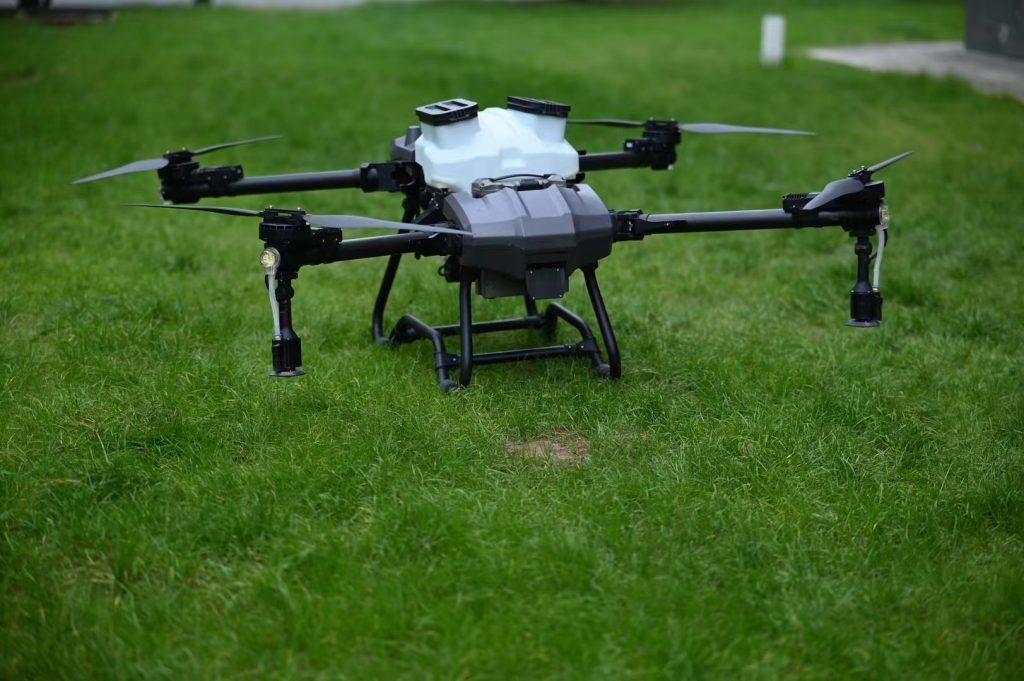
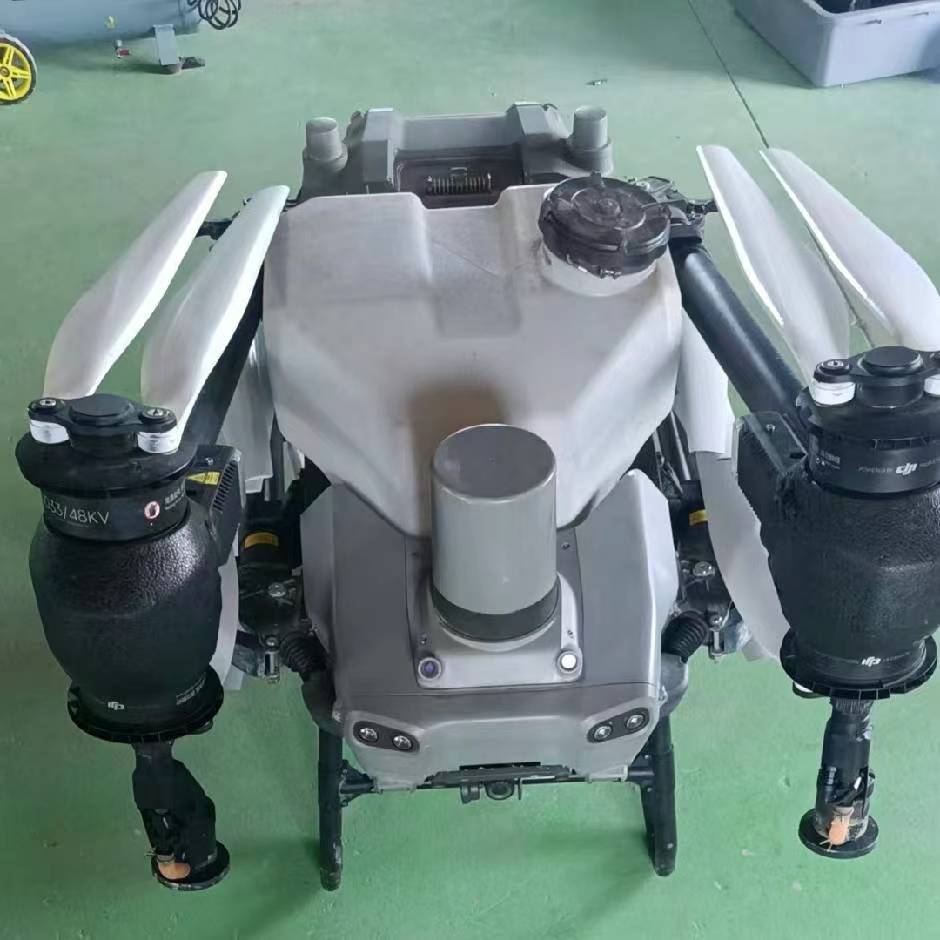
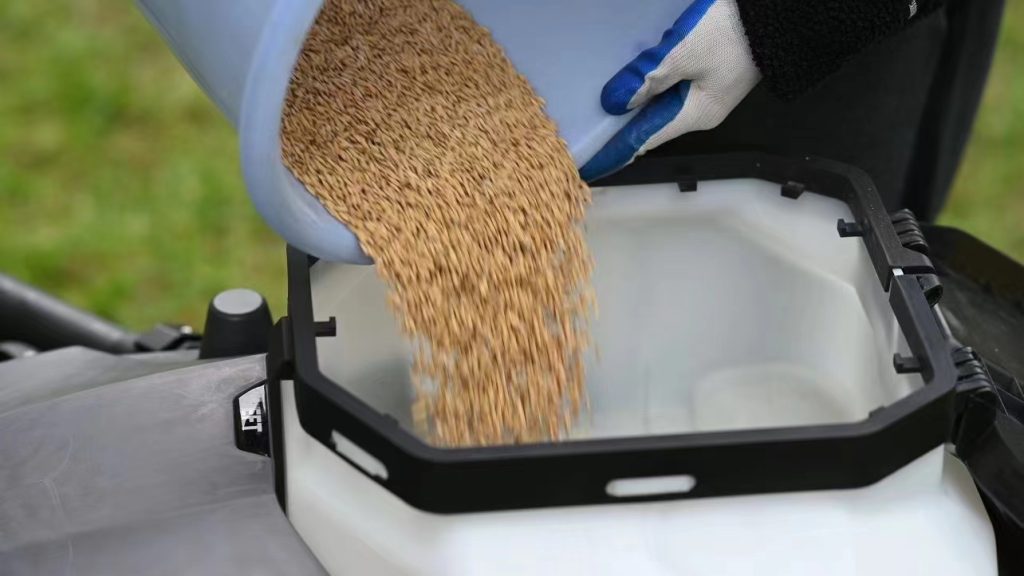
Agriculture
Introduction
The agricultural industry is undergoing a technological revolution, and at the forefront of this transformation are autonomous spraying drones. These intelligent unmanned aerial vehicles (UAVs) are redefining how farmers approach crop protection by combining cutting-edge technology with precision agriculture principles. Unlike traditional manual or remotely piloted spraying methods, autonomous spraying drones operate with minimal human intervention, delivering chemicals with unprecedented accuracy and efficiency.
This comprehensive guide explores the technology behind autonomous spraying drones, their operational capabilities, key benefits, implementation considerations, and future potential in modern farming systems.
Core Technology of Autonomous Spraying Drones
Autonomous spraying drones represent the pinnacle of agricultural UAV technology, integrating multiple advanced systems to deliver precise chemical application:
1. Intelligent Navigation Systems
-
Multi-sensor fusion combining GPS, GLONASS, Galileo, and BeiDou satellite systems
-
Real-time kinematic (RTK) positioning for centimeter-level accuracy
-
Obstacle avoidance sensors including LiDAR, ultrasonic, and vision-based systems
-
AI-powered path planning algorithms that adapt to field conditions
2. Autonomous Operation Capabilities
-
Fully autonomous flight with pre-programmed mission planning
-
Dynamic route adjustment based on real-time field conditions
-
Swarm coordination for multiple drones operating simultaneously
-
Autonomous takeoff, spraying, and landing sequences
3. Precision Spraying Systems
-
Variable rate technology (VRT) that adjusts application rates in real-time
-
Electrostatic charging systems for improved chemical adhesion
-
Pulse-width modulation for precise droplet size control
-
Flow rate sensors with closed-loop feedback control
4. Advanced Sensor Suites
-
Multispectral and hyperspectral cameras for crop health analysis
-
Environmental sensors monitoring wind speed, temperature, and humidity
-
Soil moisture and topography mapping capabilities
-
Yield prediction and pest detection algorithms
Operational Workflow
The autonomous operation of spraying drones follows a sophisticated process:
1. Pre-Mission Planning
-
Field data collection through satellite imagery, drones, or farm management systems
-
3D field mapping and variable zone identification
-
Mission programming including spray parameters, flight paths, and application rates
-
Chemical mixing and loading with automated inventory management
2. Autonomous Execution
-
Self-navigation to designated spray zones
-
Real-time adjustments based on environmental conditions and crop status
-
Precision spraying with micron-level droplet control
-
Continuous monitoring of spray parameters and drone performance
3. Post-Mission Analysis
-
Spray coverage mapping and application rate verification
-
Chemical usage reporting and efficiency analysis
-
Crop response monitoring and effectiveness evaluation
-
Maintenance scheduling based on usage data
Key Advantages Over Conventional Methods
1. Unprecedented Precision
-
±2 cm positioning accuracy ensures chemicals reach exact target locations
-
Variable rate application optimizes chemical usage across different field zones
-
Reduced drift and overspray by up to 90% compared to traditional methods
2. Enhanced Operational Efficiency
-
24/7 operation capability independent of human labor constraints
-
Coverage rates of 10-15 acres per hour with single drone systems
-
Continuous operation through autonomous battery and chemical swapping
3. Significant Cost Savings
-
Labor cost reduction by up to 80% compared to manual spraying
-
Chemical savings of 20-40% through precise application
-
Fuel and maintenance savings versus ground-based equipment
4. Improved Safety and Environmental Protection
-
Zero human exposure to hazardous chemicals
-
Minimal environmental impact through targeted application
-
Reduced chemical runoff into water systems by up to 70%
Implementation Considerations
1. Technical Requirements
-
RTK base stations for centimeter-level positioning accuracy
-
High-speed data connectivity for real-time operations
-
Charging/swapping infrastructure for continuous operation
-
Weather monitoring systems for optimal operation planning
2. Operational Management
-
Trained personnel for system oversight and maintenance
-
Integrated farm management software for data analysis
-
Regulatory compliance with aviation and chemical application laws
-
Maintenance protocols for drone and spraying systems
3. Economic Factors
-
Initial investment costs (typically 15,000-50,000 per unit)
-
Return on investment (typically 12-24 months)
-
Financing options and government subsidy programs
-
Total cost of ownership calculations
Future Developments and Trends
The autonomous spraying drone industry is rapidly evolving with several emerging trends:
1. AI and Machine Learning Integration
-
Predictive analytics for optimal spraying timing
-
Automated pest and disease detection systems
-
Self-learning algorithms that improve application efficiency
2. Advanced Materials and Design
-
Lighter, stronger materials for extended flight times
-
Modular design for quick maintenance and upgrades
-
Improved battery technology for longer operation
3. Swarm Technology
-
Coordinated drone swarms for large-scale operations
-
Autonomous fleet management systems
-
Distributed sensing networks for comprehensive field monitoring
4. Sustainability Innovations
-
Electric and solar-powered systems for reduced carbon footprint
-
Biodegradable drone components for environmental protection
-
Precision application minimizing chemical environmental impact
Case Studies and Adoption
1. Global Implementation
-
Asia-Pacific region leading in adoption (China, Japan, South Korea)
-
European Union focusing on regulatory frameworks and precision agriculture
-
North America investing in large-scale commercial operations
-
Developing countries adopting for labor shortage solutions
2. Crop-Specific Applications
-
Rice cultivation in Asia with specialized low-altitude spraying
-
Fruit orchards requiring precise canopy penetration
-
Row crops like corn and soybeans with variable rate application
-
Vineyards and specialty crops demanding gentle application methods
Conclusion: The Transformation of Agricultural Spraying
Autonomous spraying drones represent a fundamental shift in how we approach crop protection and precision agriculture. By combining autonomous operation with intelligent spraying systems, these advanced UAVs offer solutions to some of agriculture’s most pressing challenges including labor shortages, environmental concerns, and the need for increased productivity.
As technology continues to advance and operational costs decrease, autonomous spraying drones will become an essential tool for modern farmers worldwide. Their ability to deliver precise, efficient, and environmentally responsible chemical application makes them a key component of sustainable agriculture in the 21st century.
For agricultural stakeholders considering this technology, careful evaluation of specific needs, proper training, and compliance with regulations will be essential to maximizing the benefits of autonomous spraying drones in their operations.
THE END

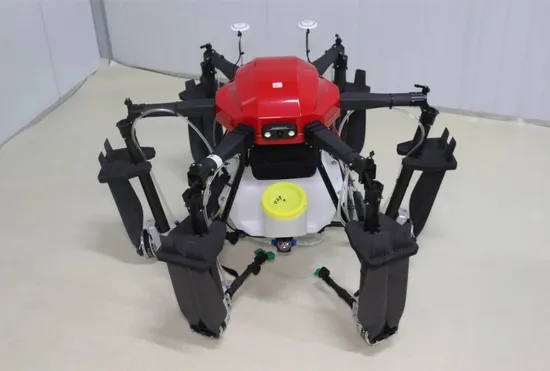
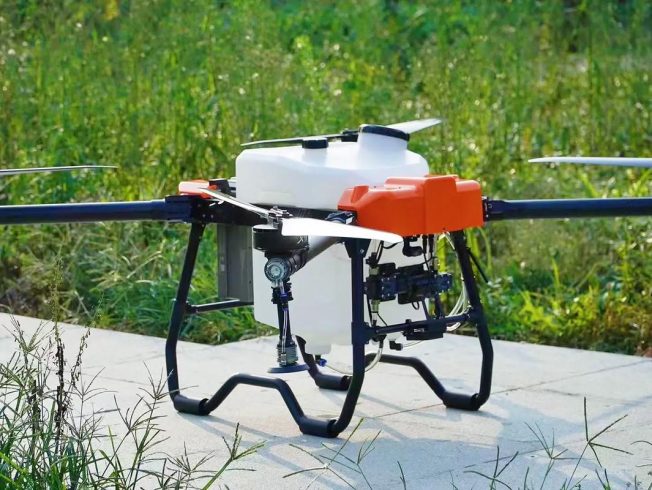
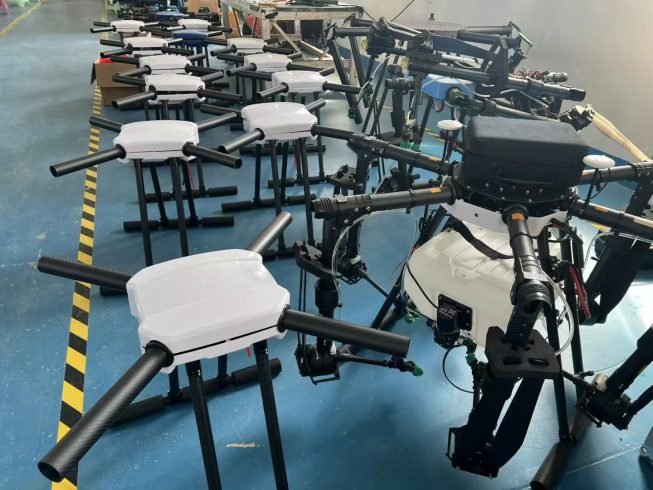
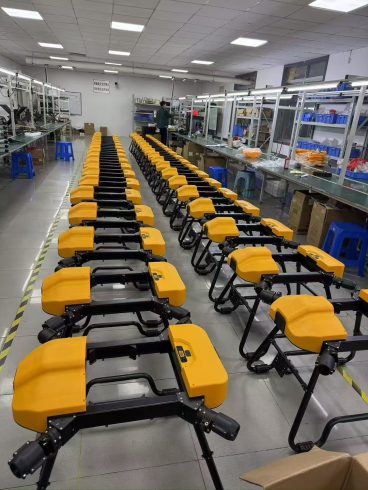
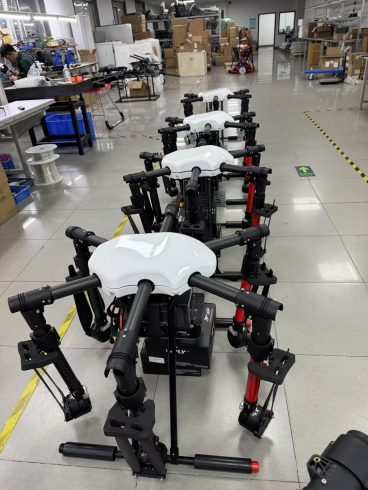
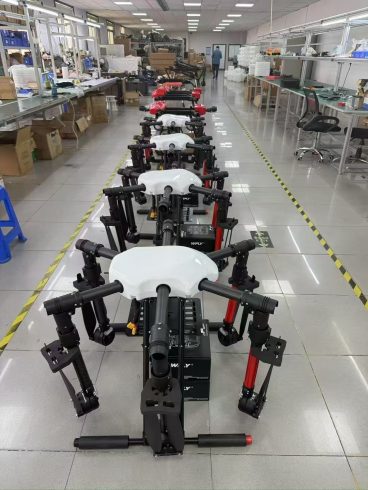

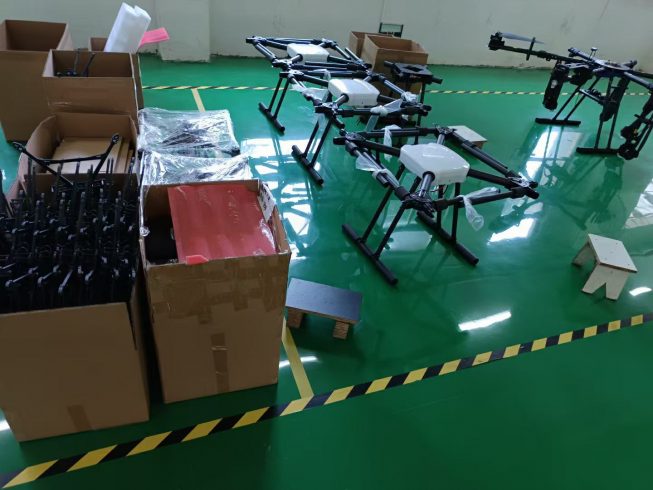
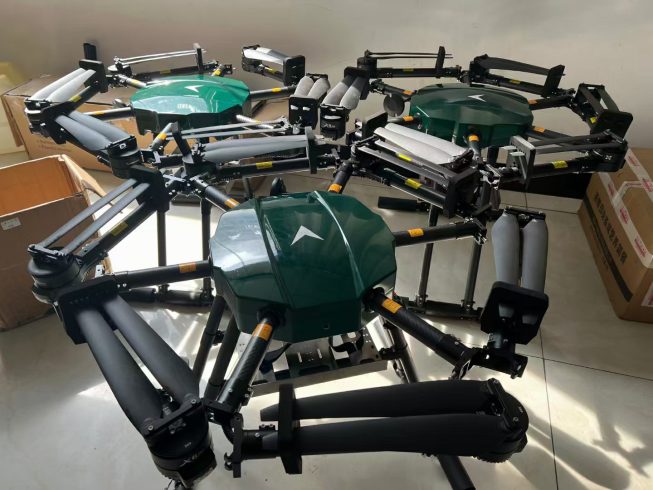

暂无评论内容